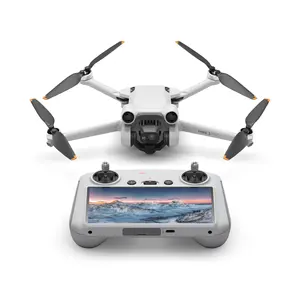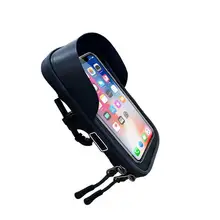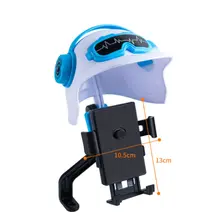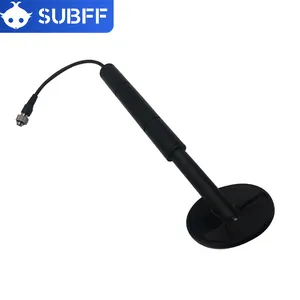Exploring the Versatility of Drones
Drones, often referred to as unmanned aerial vehicles (UAVs), have transcended their initial military applications to become a staple in various commercial and recreational arenas. The category of the best drone encompasses a range of models designed for diverse purposes, from aerial photography to precision agriculture. This introduction delves into the multifaceted world of drones, highlighting their types, applications, and features.
Types and Applications of Drones
Drones come in several configurations, each suited to specific tasks. Multi-rotor drones, such as quadcopters, hexacopters, and octocopters, are prized for their stability and are often the go-to choice for aerial photography and surveillance. Fixed-wing drones offer longer flight times and are ideal for large-area mapping and agriculture monitoring. For those interested in aquatic environments, unmanned underwater vehicles enable exploration and data collection beneath the surface. The application of drones is vast, ranging from environmental monitoring to search and rescue operations, showcasing the adaptability of drone technology.
Features and Materials
The construction of drones involves a variety of materials, each selected for its properties relative to the drone's intended use. Lightweight composites are common for airframes to enhance maneuverability and flight duration. Advanced drones may include features such as gyro-stabilization for improved control, high-resolution cameras for detailed imaging, and extended battery life for prolonged missions. The sophistication of drone features continues to evolve, pushing the boundaries of what these remarkable machines can achieve.
Advantages of Drone Usage
The advantages of utilizing drones are manifold. They offer a unique perspective, capturing views that are unattainable through traditional means. In agriculture, drones equipped with multispectral sensors can assess crop health and optimize inputs. In the realm of safety, drones provide a non-intrusive method to inspect infrastructure or survey hazardous areas. The benefits of drone use are evident across industries, proving their worth as a versatile and efficient tool.
Choosing the Right Drone
Selecting the best drone for a specific need requires consideration of several factors, including lift capacity, control precision, and flight time. For hobbyists, drones with FPV capabilities offer an immersive flying experience, while professionals may prioritize drones with advanced imaging systems. The choice of drone ultimately hinges on the balance between performance requirements and the intended application.
Conclusion
The landscape of drone technology is dynamic and ever-expanding. With a broad spectrum of models available, there is a drone to suit nearly any purpose. While the selection process can be intricate, understanding the key features and advantages of each type ensures that the right drone is chosen for the task at hand. As the industry continues to innovate, the potential applications for drones will only grow, solidifying their role as a transformative technology in numerous fields.












































 浙公网安备 33010002000092号
浙公网安备 33010002000092号 浙B2-20120091-4
浙B2-20120091-4